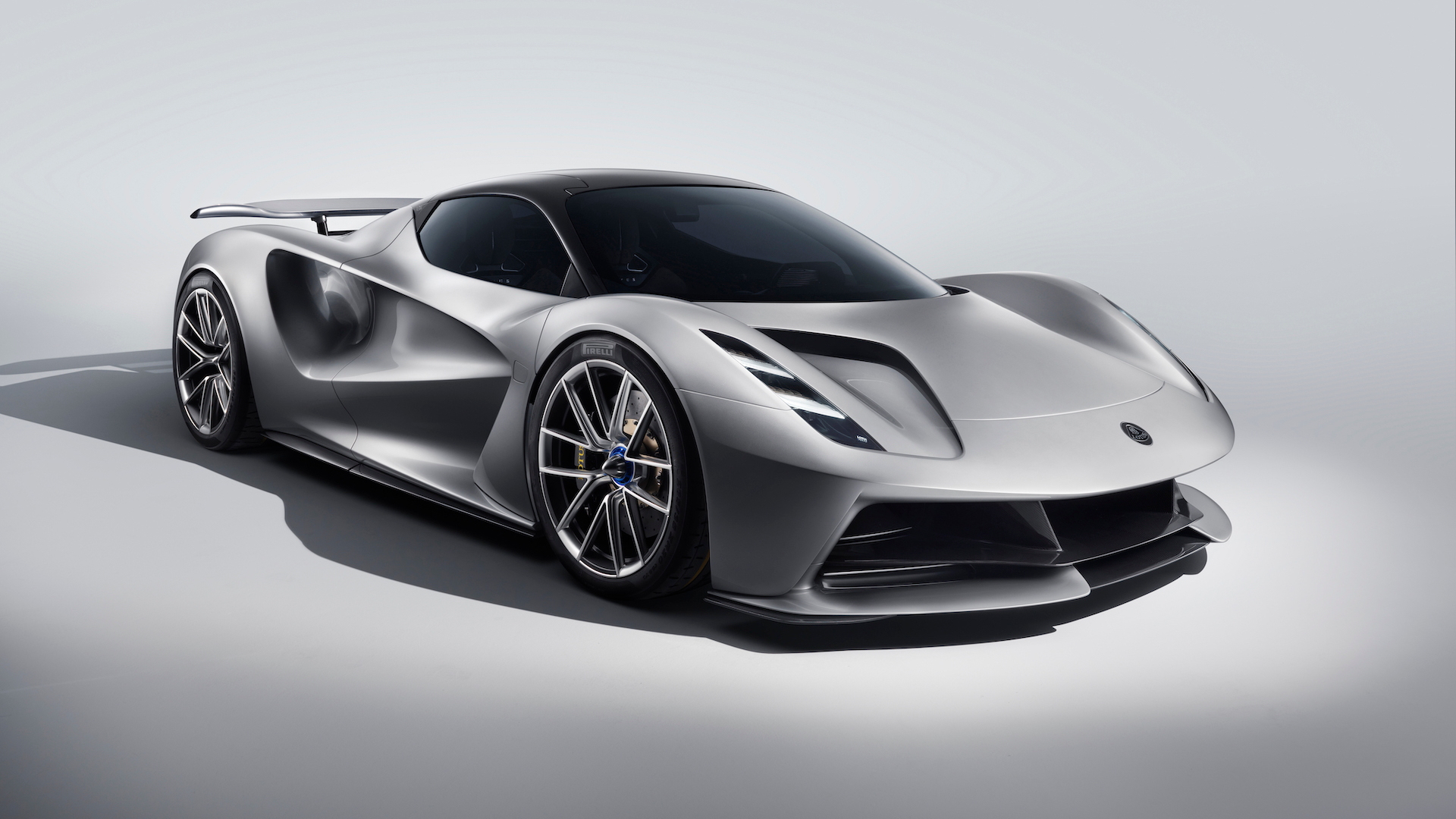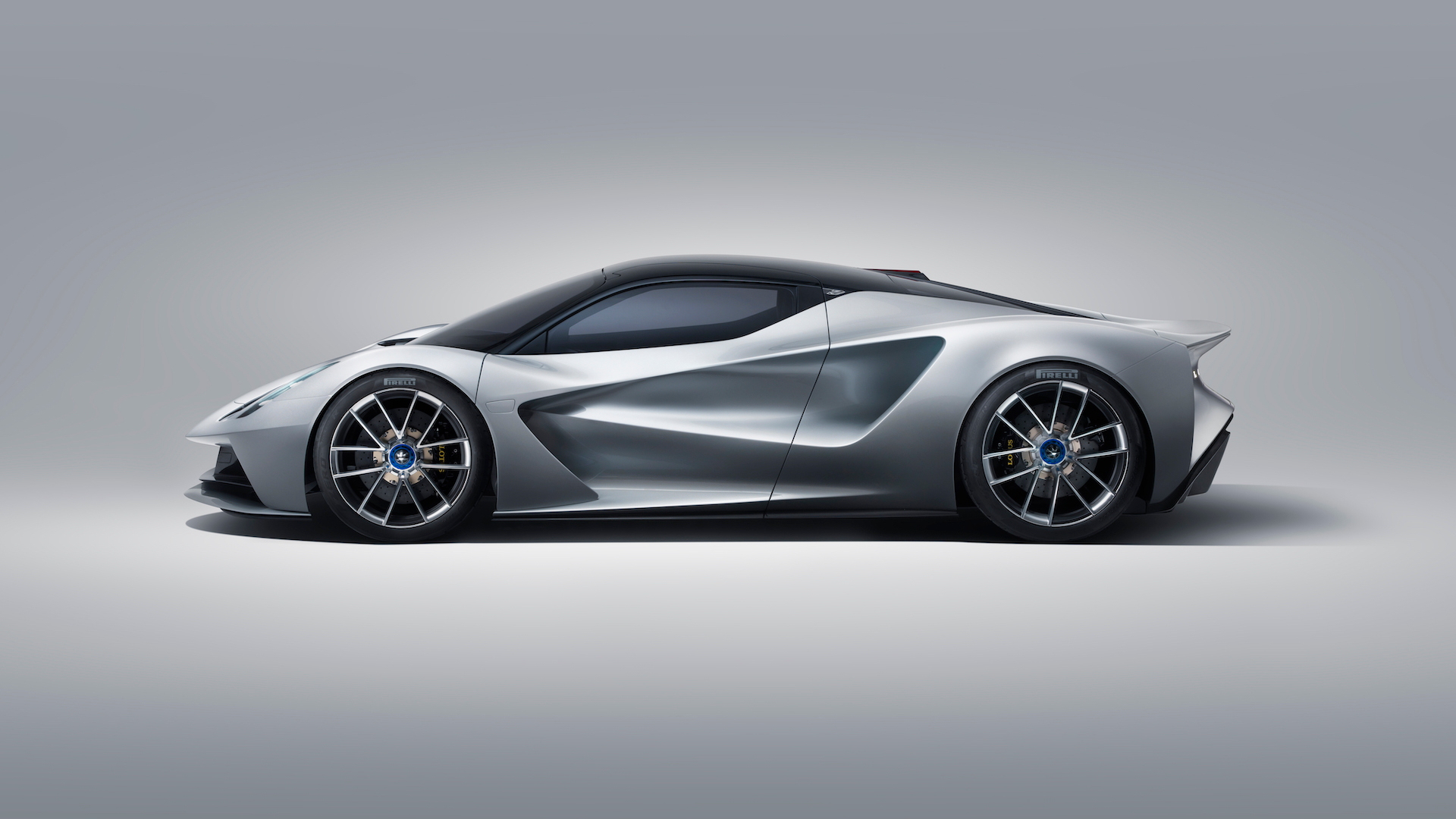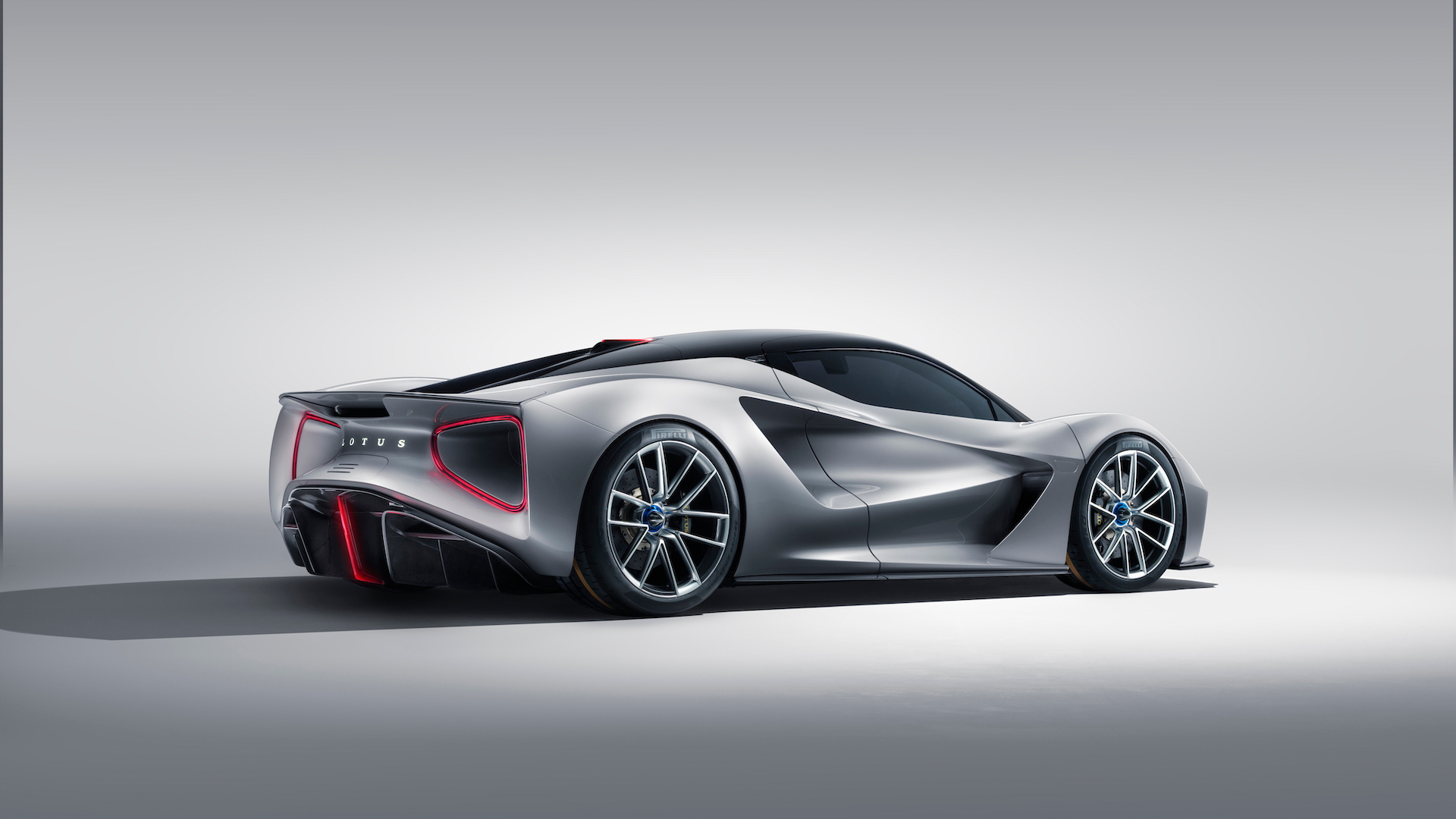There are a surprisingly high number of companies promising electric hypercars with world-beating performance, but so far only one of them has decades of experience making fast cars—both for the road and track.
We're talking about Lotus, which later this year will commence deliveries of the battery-electric Evija.
The stunning piece of machinery sports numbers that are starting to become all too familiar in the world of electric hypercars. Close to 2,000 horsepower, 0-60 mph acceleration in well under 3.0 seconds, top speeds of well over 200 mph, and 80-percent charges in 20 minutes or less.
But the Lotus stands out thanks to its relatively light weight—just 3,704 pounds—and track-honed aerodynamics. Responsible for the latter is Lotus chief aerodynamicist Richard Hill, who has worked at the company since 1986.

Richard Hill
Describing the Evija as a fighter jet among kites when comparing it to conventional sports cars, Hill said the key is the car's ability to direct air through the body while also being able to generate high levels of downforce. In this way, he said, the whole car acts like an aeroplane's wing that's upside down.
The front of the Evija acts like a wide mouth that sucks in the most amount of air. Channels running the length of the vehicle then direct the air rearward, pushing it past the car's battery cooling systems and out high toward an active rear wing that raises at high speeds to produce downforce. The car also has a Formula One-style drag reduction system, which is essentially a flat panel mounted at the rear that reduces drag when deployed.
A front splitter minimizes air going under the vehicle, which reduces drag while creating an area of low pressure that in turn results in downforce. For the air that does make it under the Evija, the car's carbon fiber monocoque structure has channels in its underbelly that are used to direct air rearward. This time the air is directed toward the rear diffuser and into the Evija’s wake, which helps reduce drag while boosting downforce.

Lotus Evija production

Lotus Evija

Lotus Evija
Hill said Lotus will announce a drag coefficient for the Evija but only when development is complete.
Lotus is so confident in the Evija's performance that the company may aim for the production car lap record at the Nürburgring. That means beating the 6:44.97 set by Lamborghini with its Aventador SVJ in 2018.
Don't expect range to last long at track speeds. The battery is a 70-kilowatt-hour unit that, with street-legal speeds, will afford 225 miles of range on the EPA testing cycle, according to Lotus.
The Evija is currently in the pre-production stage at Lotus' headquarters in Hethel, United Kingdom. Deliveries start this year and just 130 will be built, each at a price of 1.7 million British pounds (approximately $2.12 million).






